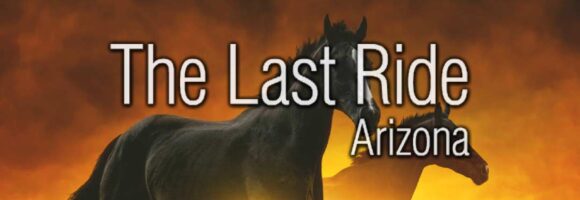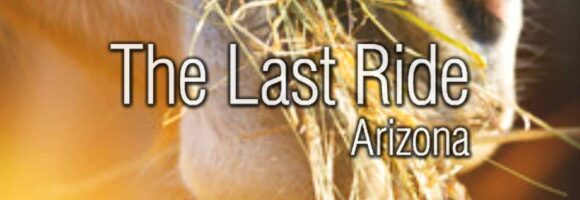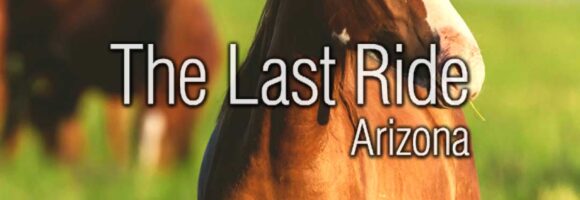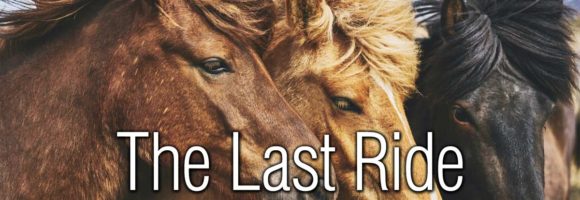Common Horse Ailments: Colic

Considered to be the most deadly of conditions that can affect horses, colic is believed to affect around ten percent of horses within their lifetime.
What is Colic?
Colic is a stomach ailment that may be caused from a variety of different factors, including intestinal impaction, sand ingestion, parasite infection, overeating grain and even just gas.
How is Colic Treated and Prevented?
In some cases, colic cannot be prevented. In order to reduce the risk of your horse developing colic, however, you can take several steps. These include ensuring that water is always available to your horse, turning your horse out to pasture as frequently as possible and keeping your horse’s teeth floated. You should also avoid feeding hay on sandy ground and you should not feed grain to your horse unless it needs the extra energy. If you are going to make changes to your horse’s diet, you should make those changes gradually and you should also have a good insect control program in place.
If you suspect that your horse has colic, you should contact your vet immediately and you should not allow your horse to eat or drink until after the vet has said it is okay. The treatment plan for colic will depend on the cause of the condition and can range from using medication to undergoing surgery.





